Roadsters have always been the ultimate symbol of freedom, combining stunning design with unbeatable performance. But not all roadsters are created equal. Some are born for the fast lane and are destined to keep racing until the sun sets on humanity—real eternal speedsters that laugh in the face of obsolescence. Here are 21 roadsters who refuse to age. They’ve stood the test of time, outlasting trends, fads, and even their manufacturers in some cases.
Mazda MX-5 Miata (1989–Present)
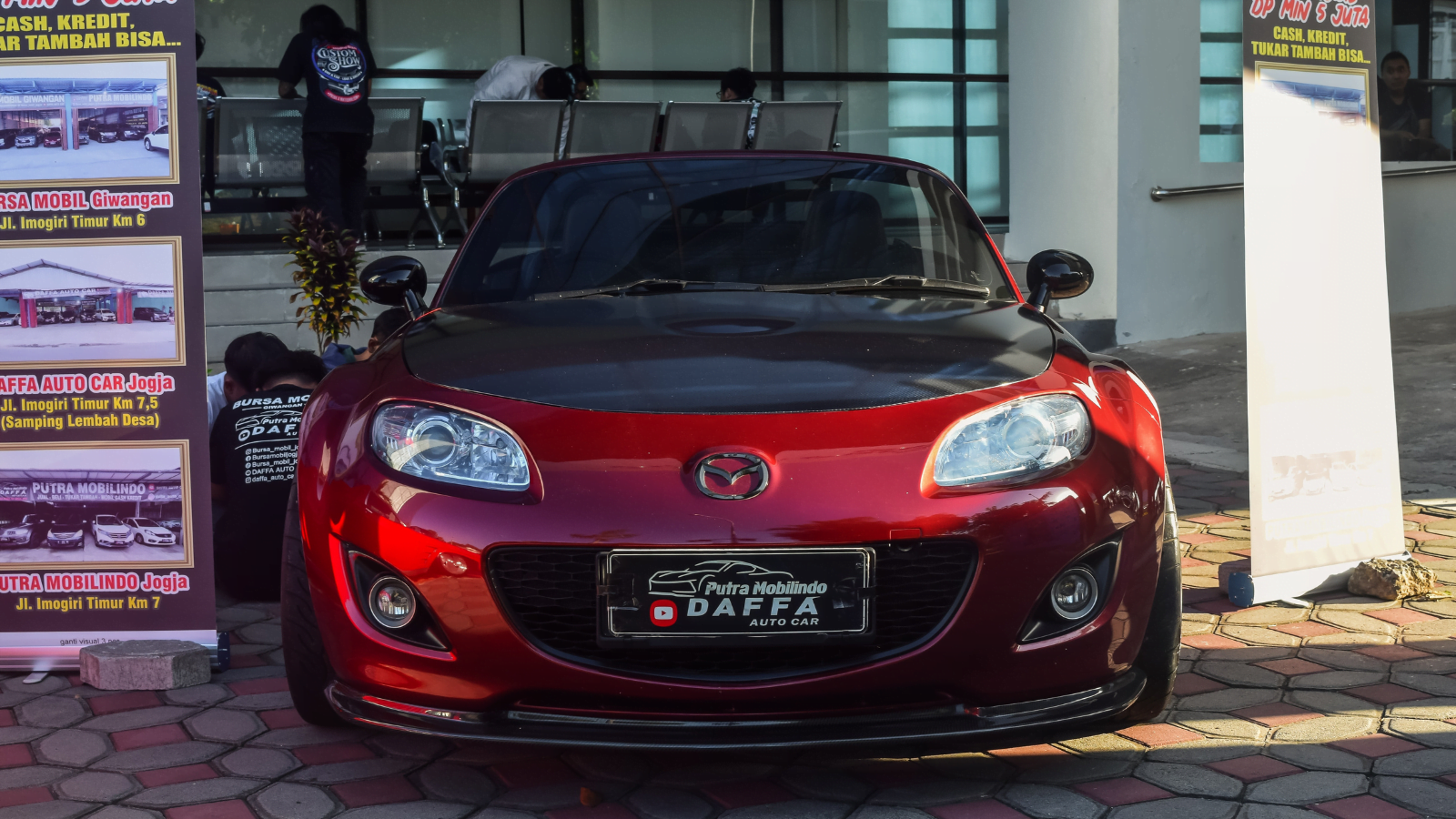
If there’s one car that defines the modern roadster, it’s the Mazda MX-5 Miata. Introduced in 1989, this lightweight, zippy convertible is like the automotive equivalent of yoga—flexible, fun, and guaranteed to keep you feeling youthful. With over a million units sold globally, the Miata’s affordability, reliability, and smile-inducing handling have made it an icon. It’s the roadster that enthusiasts love to race on Sunday and drive to work on Monday.
Porsche 718 Boxster (1996–Present)

When Porsche puts their name on a roadster, you know it will be memorable. The 718 Boxster might be the younger sibling to the legendary 911, but it can also hold its own in any race. With a mid-engine layout, perfect weight distribution, and Porsche’s signature handling, this car is the mechanical equivalent of a tightrope walker—precise, balanced, and thrilling to watch. Plus, the name “Boxster” is a portmanteau of “boxer” (for its flat-six engine) and “roadster.”
BMW Z4 (2002–Present)

BMW’s Z4 might not be as universally adored as the Miata, but it’s a masterpiece for those who appreciate the German flair for engineering. The Z4 offers a perfect blend of luxury and sport, with an interior that coddles you like a luxury sedan and performance that makes you want to hit the track. The newer versions have even ditched the heavy folding hardtops for soft tops, making them lighter and quicker.
Jaguar F-Type Convertible (2013–Present)
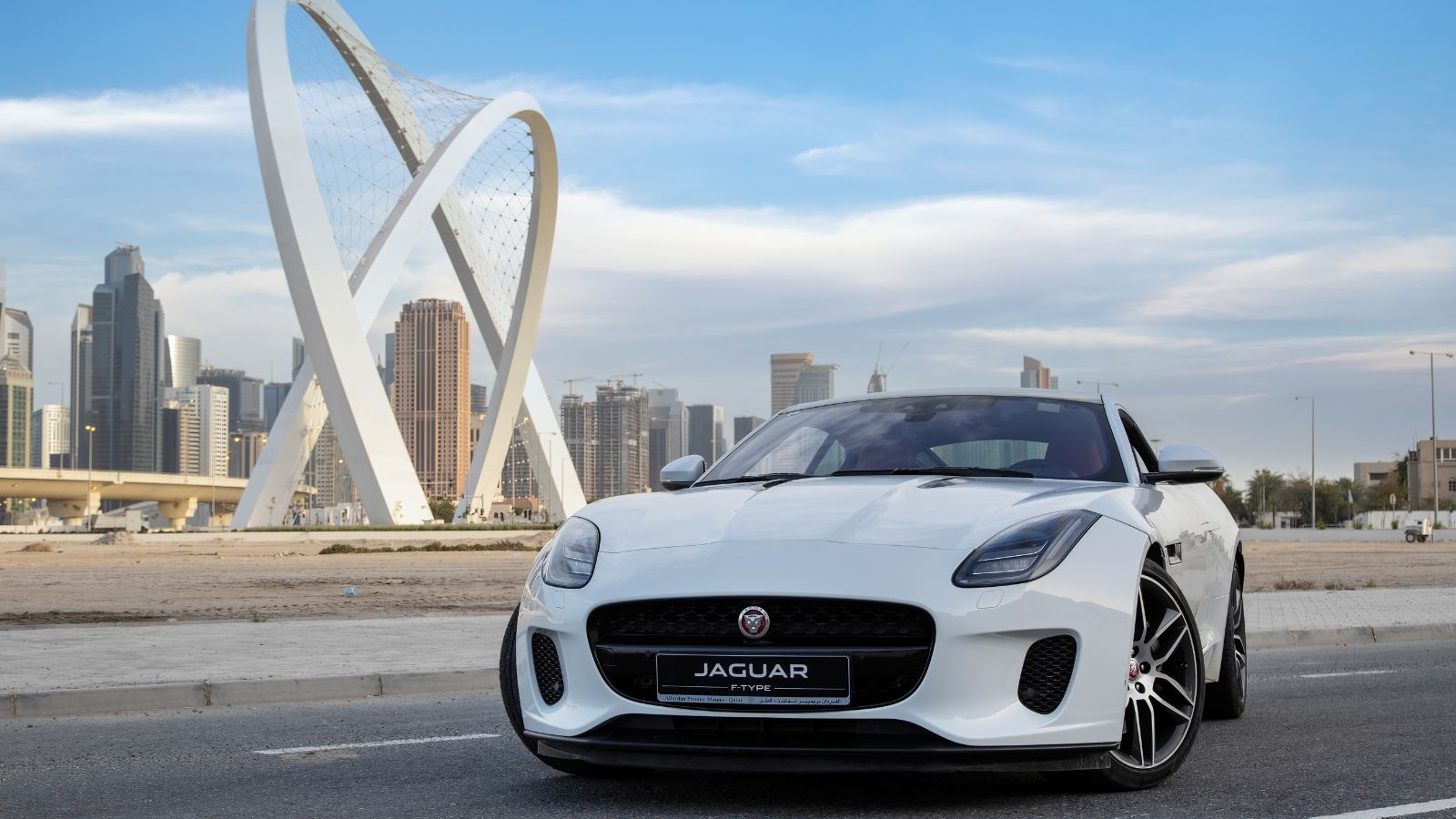
Introduced in 2013, the Jaguar F-Type blends blistering speed with old-school British charm. Whether you’re cruising along the coast or unleashing its supercharged engine on a straightaway, the F-Type is equal parts elegant and ferocious. You can practically hear it purr—or growl, depending on how heavy your foot is. Plus, did you know? Jaguar claims the F-Type’s exhaust was designed to produce a sound as iconic as its design. Mission accomplished.
Mercedes-Benz SL-Class (1954–Present)
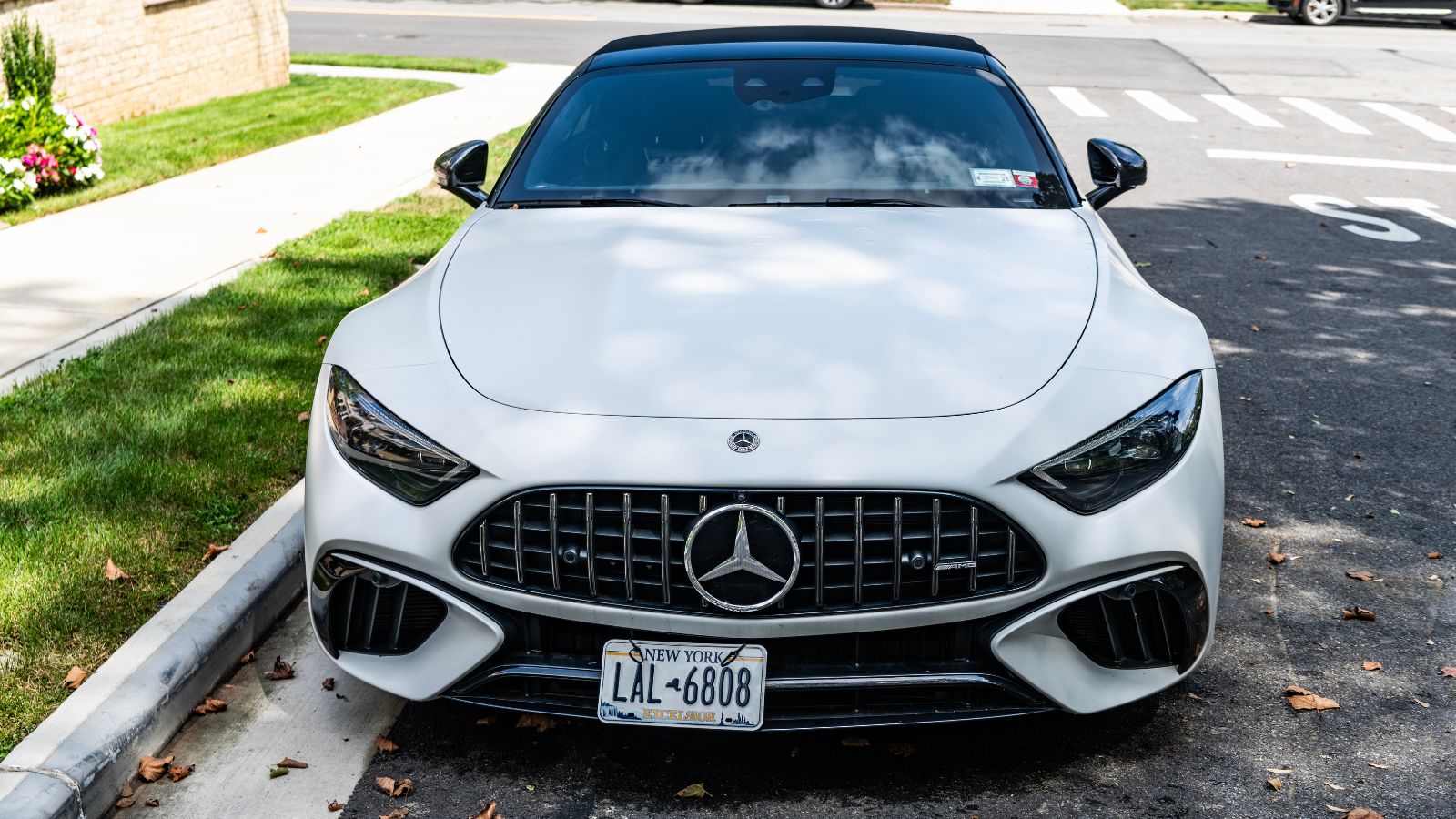
The Mercedes SL-Class has been the roadster of choice for the well-heeled speed enthusiast for over half a century. Over the decades, the SL has evolved from a race-bred machine into a plush grand tourer with enough luxury to make royalty blush. Its engines, though, have never lost their edge, ranging from smooth six-cylinders to roaring V12s. Fast-forward to the present, the SL still delivers the perfect mix of elegance, performance, and technological wizardry, even if it’s now more of a “luxurious cruise missile” than a featherweight sports car. Also, the “SL” stands for “Super-Leicht” or “Super Light,” though by modern standards, it’s not exactly a featherweight.
Lotus Elise (1996–2021)
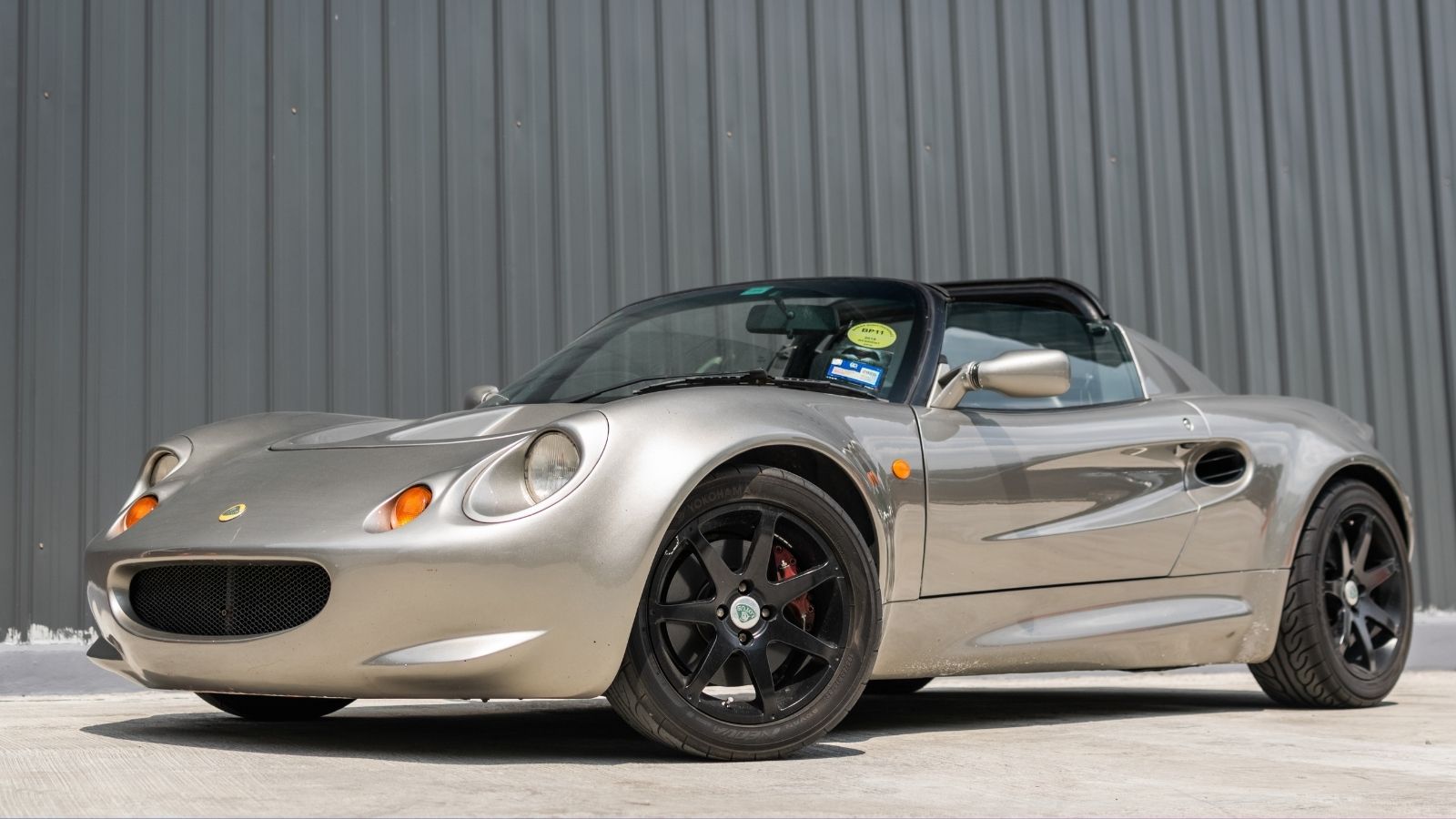
The Lotus Elise is the automotive equivalent of a featherweight boxer—nimble, light on its feet, and unexpectedly powerful. Introduced in 1996 by Lotus, it weighs just 900 kg, thanks to its lightweight aluminum chassis. Its mid-engine layout gives it the agility of a cat on Red Bull. Plus, powered by various engines over the years—most famously a Toyota 1.8L inline-four—it isn’t just about brute force but precision, delivering even around 190 horsepower in some versions. And Fun fact: the Elise was named after Elisa Artioli, the granddaughter of the then-chairman of Lotus, Romano Artioli.
Chevrolet Corvette Convertible (1953–Present)

The Chevrolet Corvette, America’s favorite sports car, has been leaving tire marks on pavement since the 1950s. Today’s C8 generation especially packs a punch with a mid-engine layout, making it more of a supercar than a muscle car. Under the hood (or, technically, behind your seat), you’ll find a 6.2-liter V8 producing a casual 495 horsepower, launching you from 0-60 mph in just 2.9 seconds. It has a top speed of 194 mph, magnetic ride control for smoother turns, and an 8-speed dual-clutch transmission that shifts faster than you can say “Chevy.”
Alfa Romeo Spider (1966–1993)
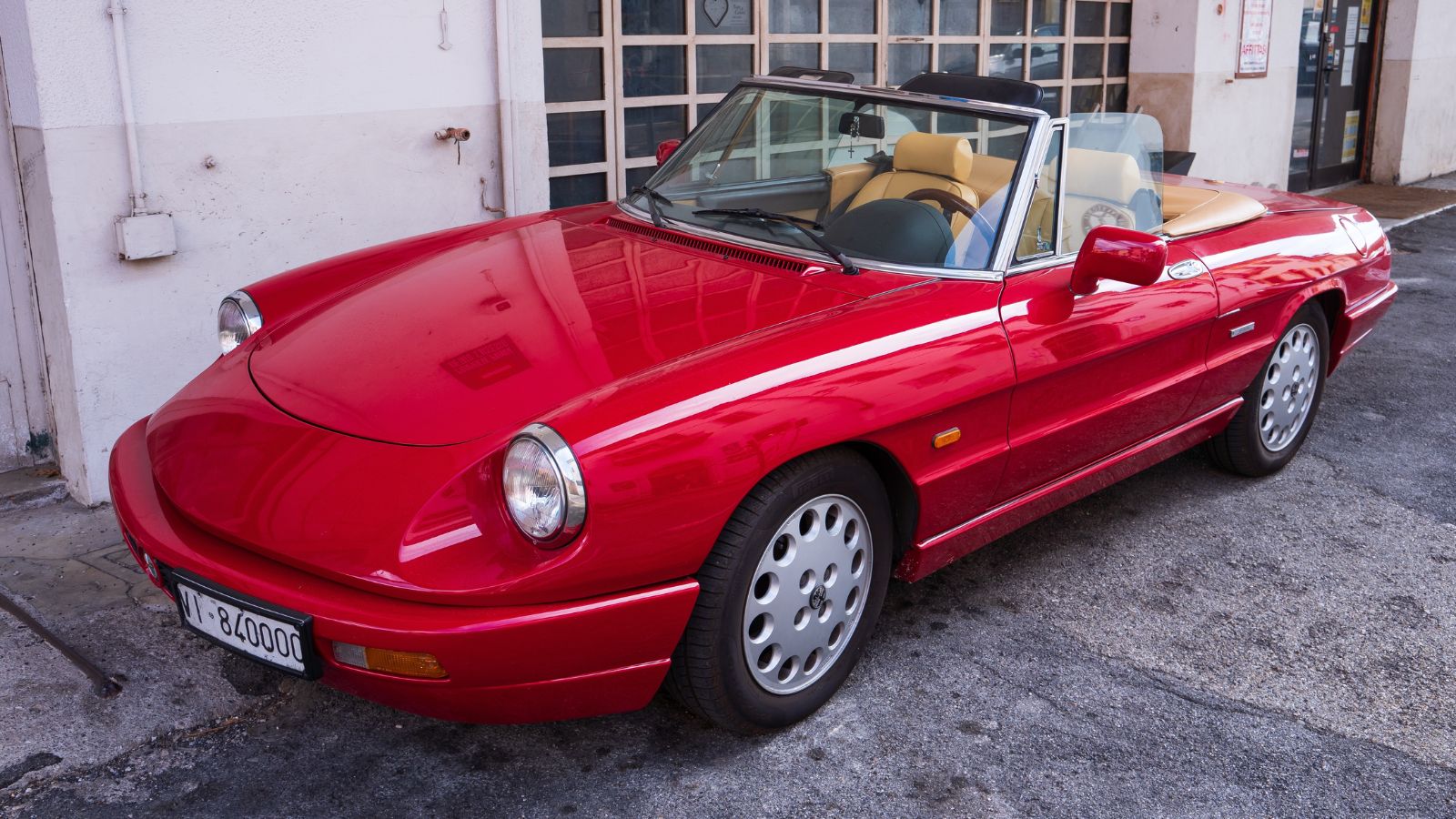
The Alfa Romeo Spider is a perfect example of Italian flair. Produced from 1966 to 1993, it embodies the romantic idea of driving through Tuscany with the top down and not a care in the world. And who could forget Dustin Hoffman’s iconic roadster in The Graduate? Also, a fun fact: this beauty was one of the last cars to carry Alfa’s twin-cam engine. Today, it’s a beloved classic, offering a slice of Dolce Vita on wheels.
Honda S2000 (1999–2009)
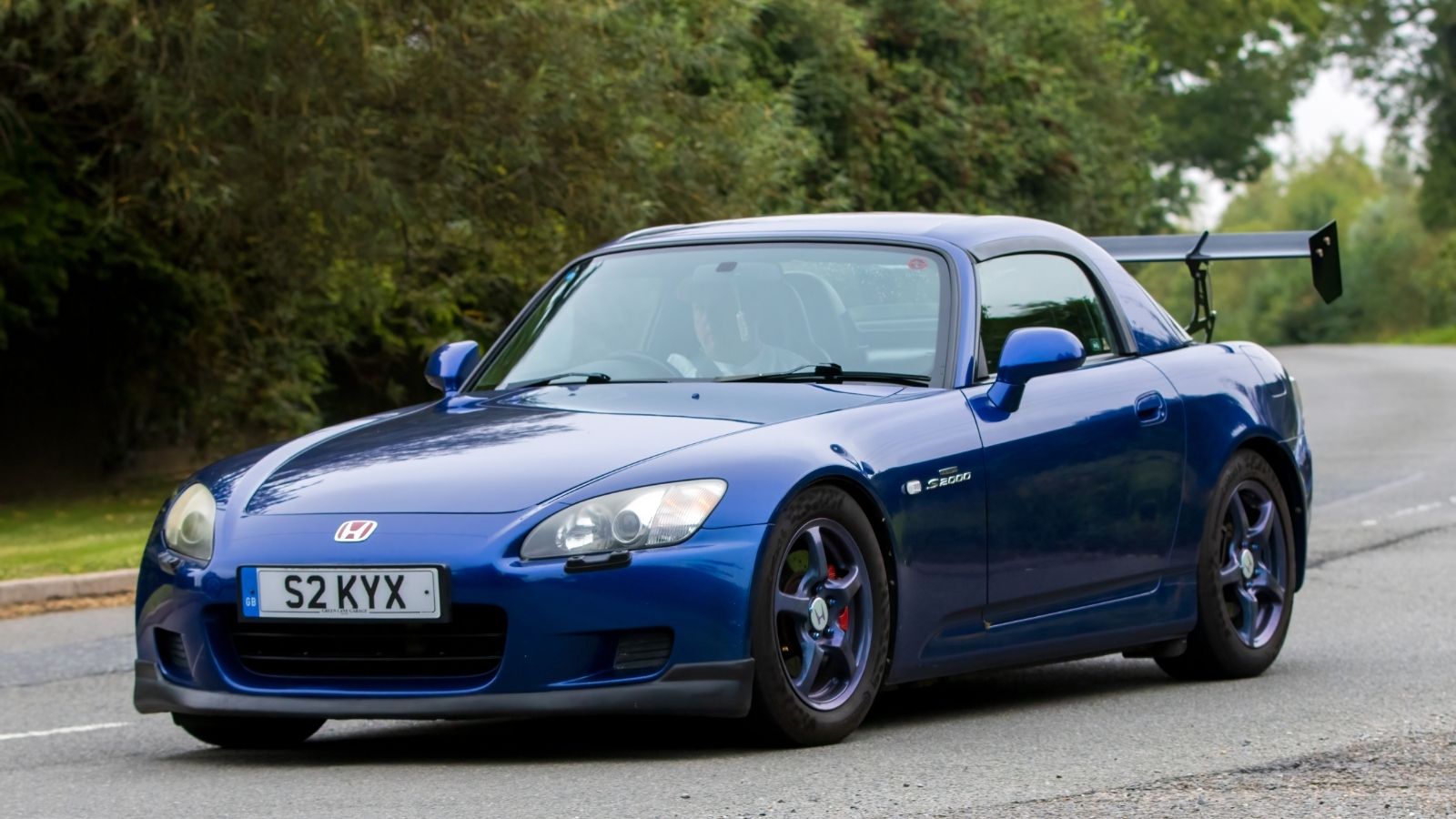
Produced from 1999 to 2009, this roadster boasts a 2.0-liter F20C engine that revs up to a heart-racing 9,000 RPM. That’s not a typo. It’s a naturally aspirated engine that gives you 237 horsepower, which may not seem much in today’s turbocharged world, but this was a pocket rocket in its day. Also, its 50:50 weight distribution makes handling tighter than your high school jeans after the holidays. Plus, that rear-wheel drive keeps things fun—sometimes too fun if you push it too hard.
Ferrari 250 GT California Spyder (1957–1963)
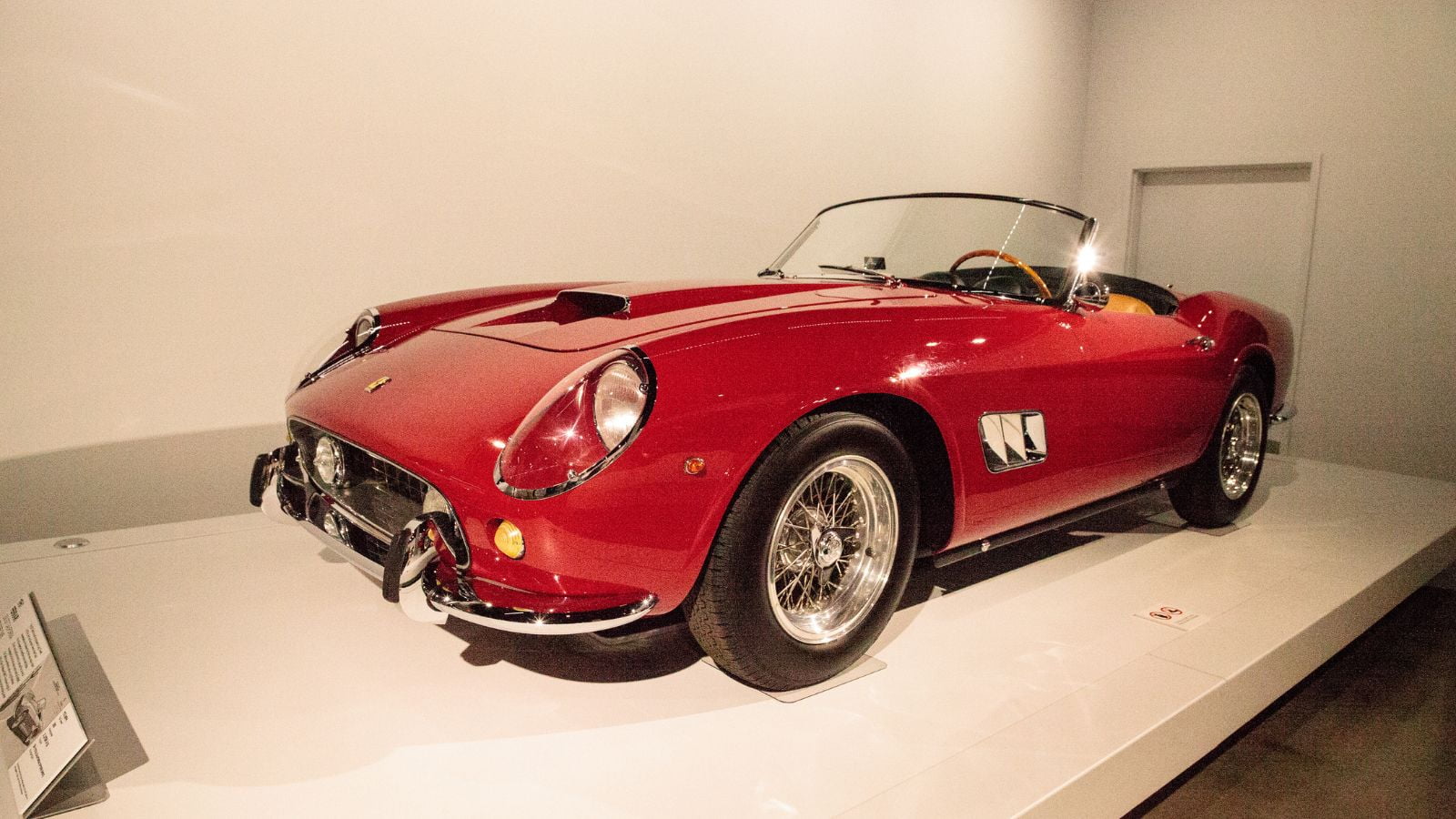
Ferris Bueller’s dream car, the Ferrari 250 GT California Spyder, is a legend. Renowned for its elegant design by Pininfarina and built by Scaglietti, the Spyder embodied the luxury and speed for which Ferrari is known. The SWB model, in particular, boasted superior handling and performance, making it more desirable for enthusiasts. And, with its glorious V12 engine and drop-dead-gorgeous design, it was the ultimate roadster for the rich and famous during its day.
Audi TT Roadster (1999–2023)
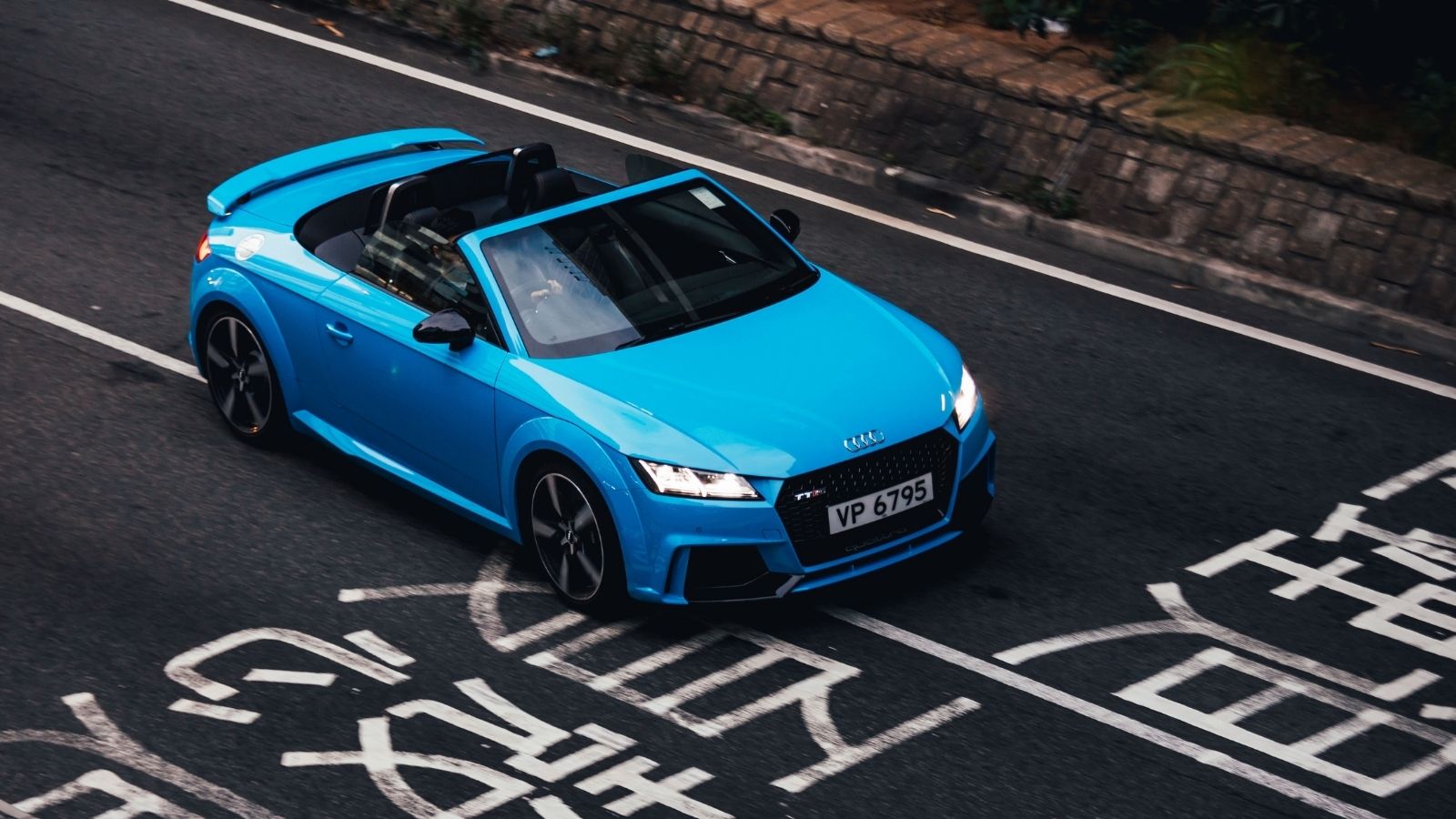
The Audi TT might look like it was designed by a geometry teacher (with its perfect curves and circles), but underneath that minimalist exterior lies a true roadster. It mainly features Audi’s signature Quattro all-wheel-drive system, which ensures stable handling, even in poor conditions. The Roadster boasts a tech-forward cabin with a virtual cockpit display and high-end materials. The fabric roof folds in 10 seconds at speeds up to 31 mph, adding an open-air thrill to the drive. Plus, the design of the TT was heavily influenced by the Bauhaus movement, with its clean lines and simple shapes.
Caterham 7 (1973–Present)

The Caterham 7 isn’t so much a car as a street-legal go-kart on steroids. Colin Chapman, the founder of Lotus, believed in “adding lightness,” the Seven embodies this with a curb weight often under 1,200 lbs. (540 kg). After Lotus ended production in 1972, Caterham bought the rights, continuing its legacy. The Caterham 7 is offered in multiple configurations, from the 160 with a Suzuki engine (80 hp) to the blisteringly fast 620R (310 hp). And, with no power steering, driver aids, or insulation, it delivers a pure, analog driving feel that’s rare today.
Shelby Cobra (1962–1967)
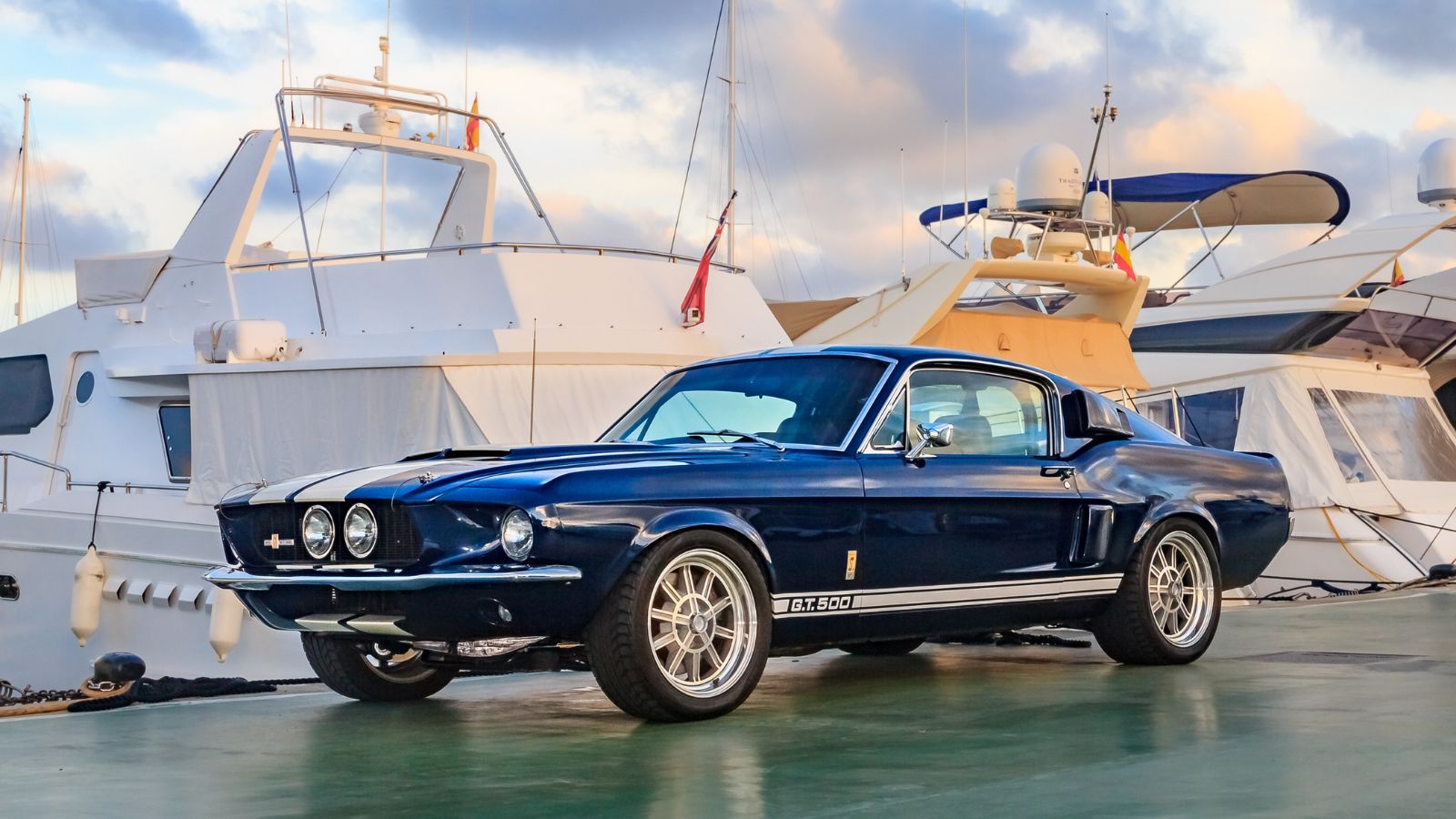
If Bruce Lee were a car, he’d be the Shelby Cobra—compact, brutally powerful, and lightning-quick. The car became famous for its sleek design, incredible performance, and dominance in racing, including the FIA World Championship in 1965. Today, original Cobras are highly sought-after collector’s items, with some fetching over $5 million at auctions. The Shelby Cobra symbolizes raw, unfiltered American muscle blended with British finesse. And not to forget that the Cobra’s creator, Carroll Shelby, was initially a chicken farmer. So, when life gives you eggs, make 500 horsepower.
Morgan Plus 4 (1950–Present)

The Morgan Plus 4 looks like it belonged in the 1930s, but it’s still being made today with almost the same design. Weighing just 1,000 kg, its lightweight construction makes for a nimble driving experience. The suspension is a mix of modern and traditional, with a solid rear axle and sliding pillar front suspension, a hallmark of Morgan cars. Parts of the Morgan’s frame are still made of wood. It’s one of the last cars to use ash wood in construction.
Nissan 370Z Roadster (2009–2020)
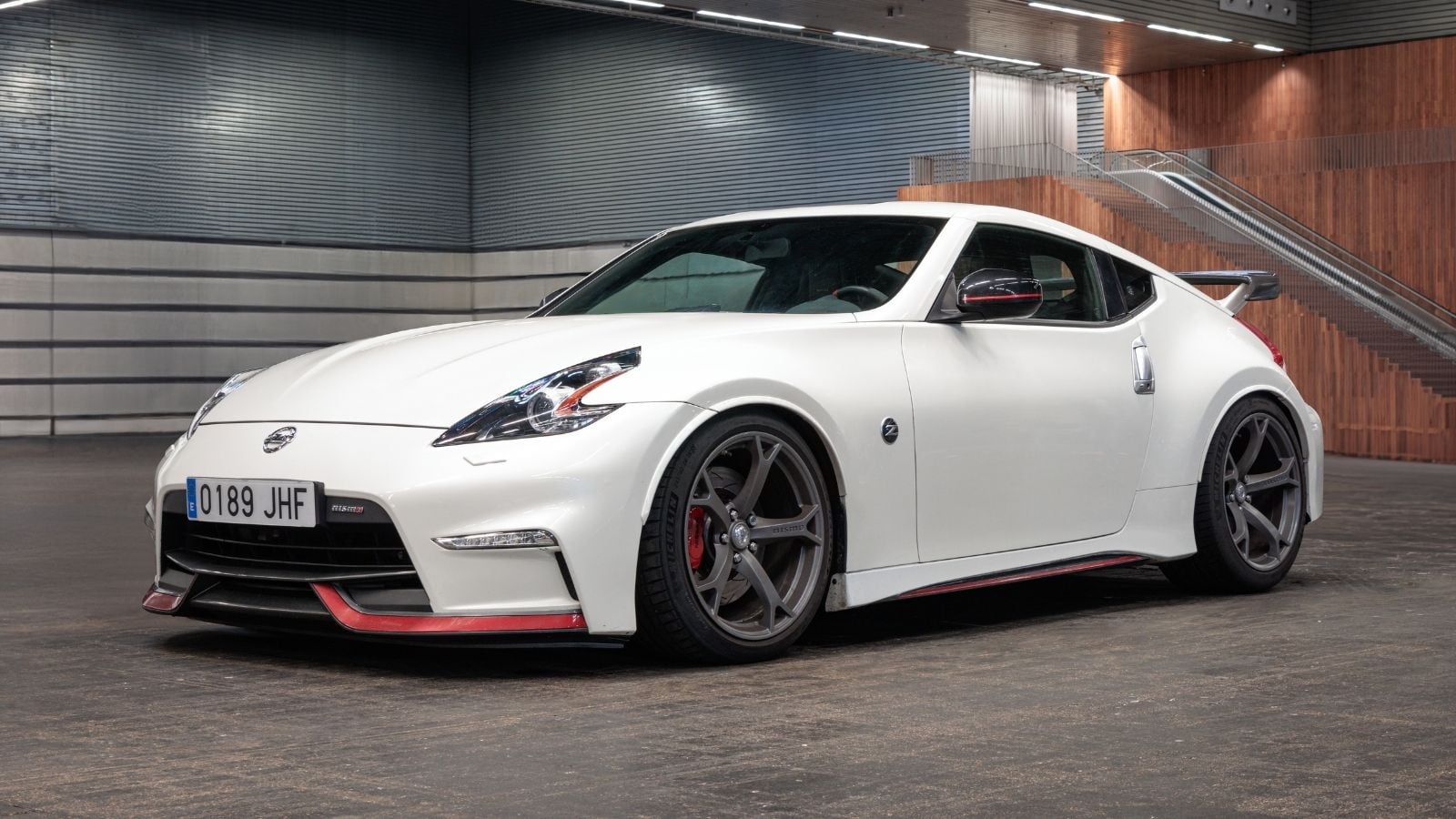
The Nissan Z cars have always been about affordable speed, and the 370Z Roadster is no exception. The car features a lightweight aluminum body, enhancing agility and handling. The 370Z Roadster also boasts a 7-speed automatic transmission or a 6-speed manual, catering to driving enthusiasts. Notably, the convertible soft top can be operated up to 30 mph. Inside, it offers a driver-focused cockpit with an available navigation system, premium audio, and supportive sports seats. Plus, the 370Z is part of a lineage that dates back to the original 240Z, which helped establish Nissan (then Datsun) as a serious sports car maker.
Fiat 124 Spider (1966–1985; 2016–2020)
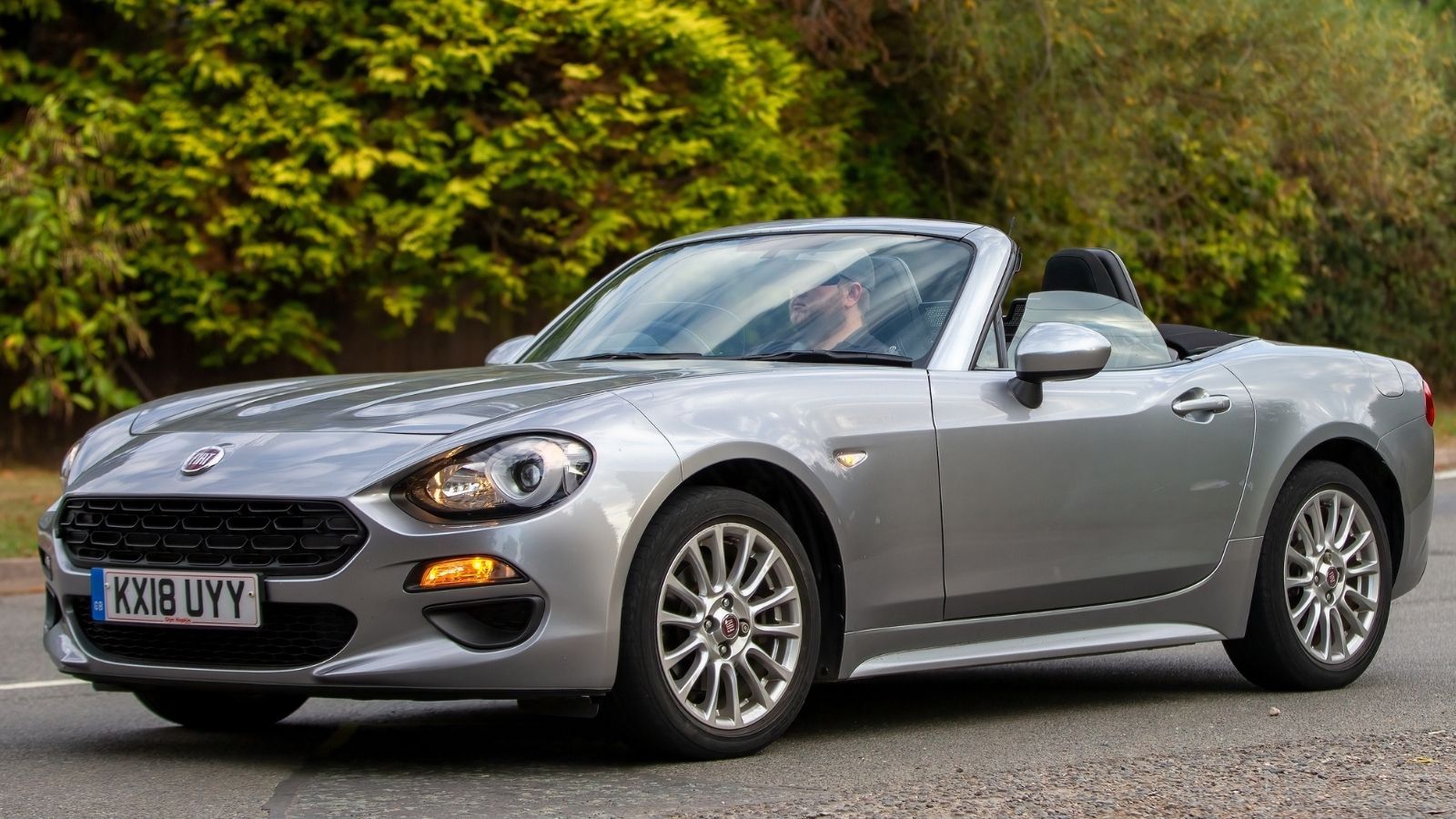
Fiat’s 124 Spider might look familiar, and that’s because it shares a lot of its DNA with the Mazda Miata. Launched in 1966, this stylish two-seater is like a suave Italian lover—smooth lines, a lovely face, and a knack for turning heads. It also boasted a peppy 1.4-liter engine, offering around 90 horsepower, perfect for zipping through narrow European streets (or any street) while pretending you’re in a classic film. Even though the production wrapped up in 1985, the Spider was revived in 2016, reminding us that true love never dies.
Tesla Roadster (2008–2012; Upcoming)
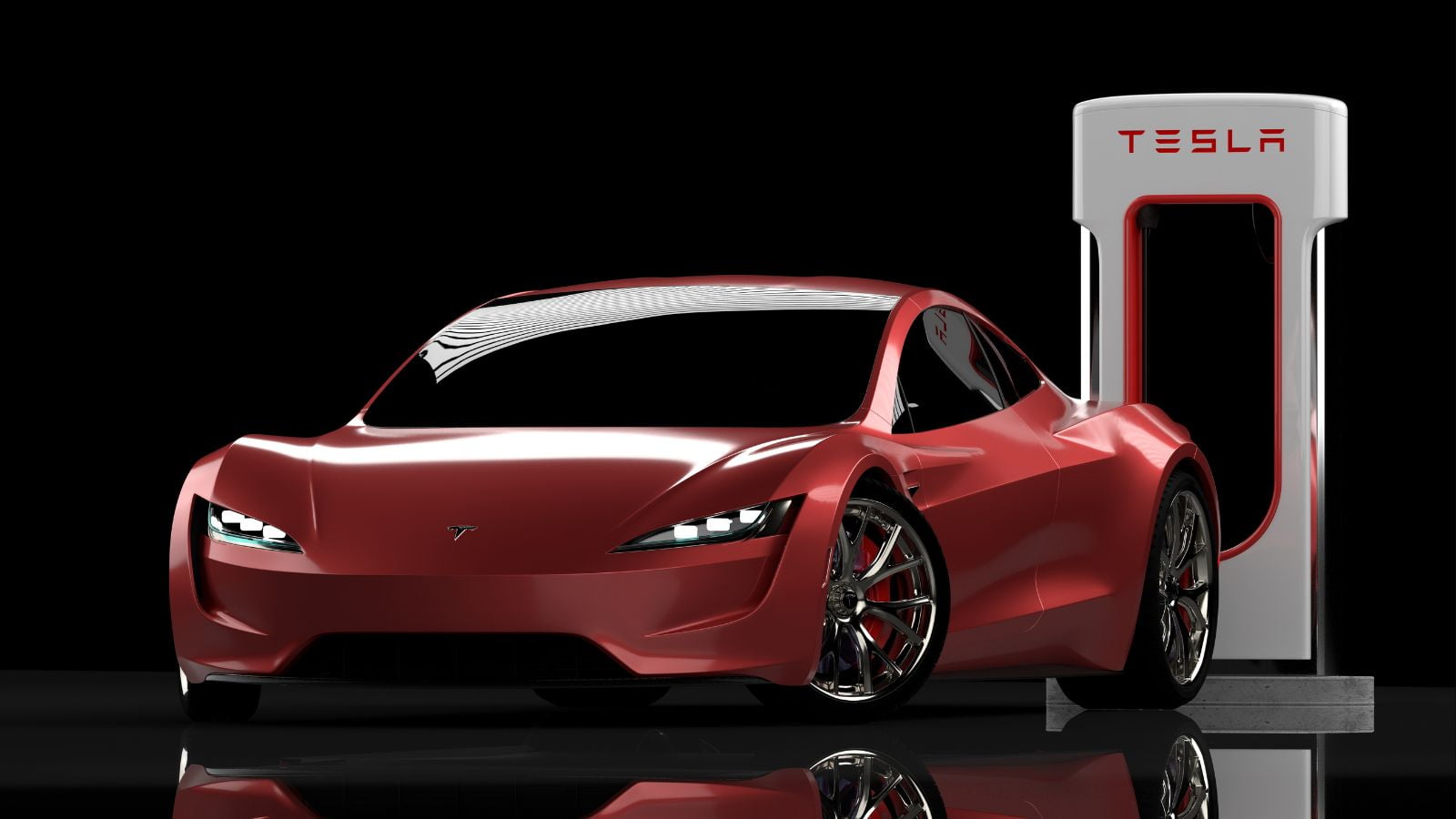
The original Tesla Roadster was the electric car that made everyone sit up and take notice. Based on the Lotus Elise chassis but powered by a fully electric drivetrain, it was the first electric car that didn’t make you feel like you were driving a blender. With Tesla promising an even faster version shortly, the Roadster might be the car that takes EVs to the next level of performance. Not to mention, the upcoming Tesla Roadster promises a 0-60 mph speed of 1.9 seconds. That’s faster than most supercars.
Triumph TR6 (1968–1976)
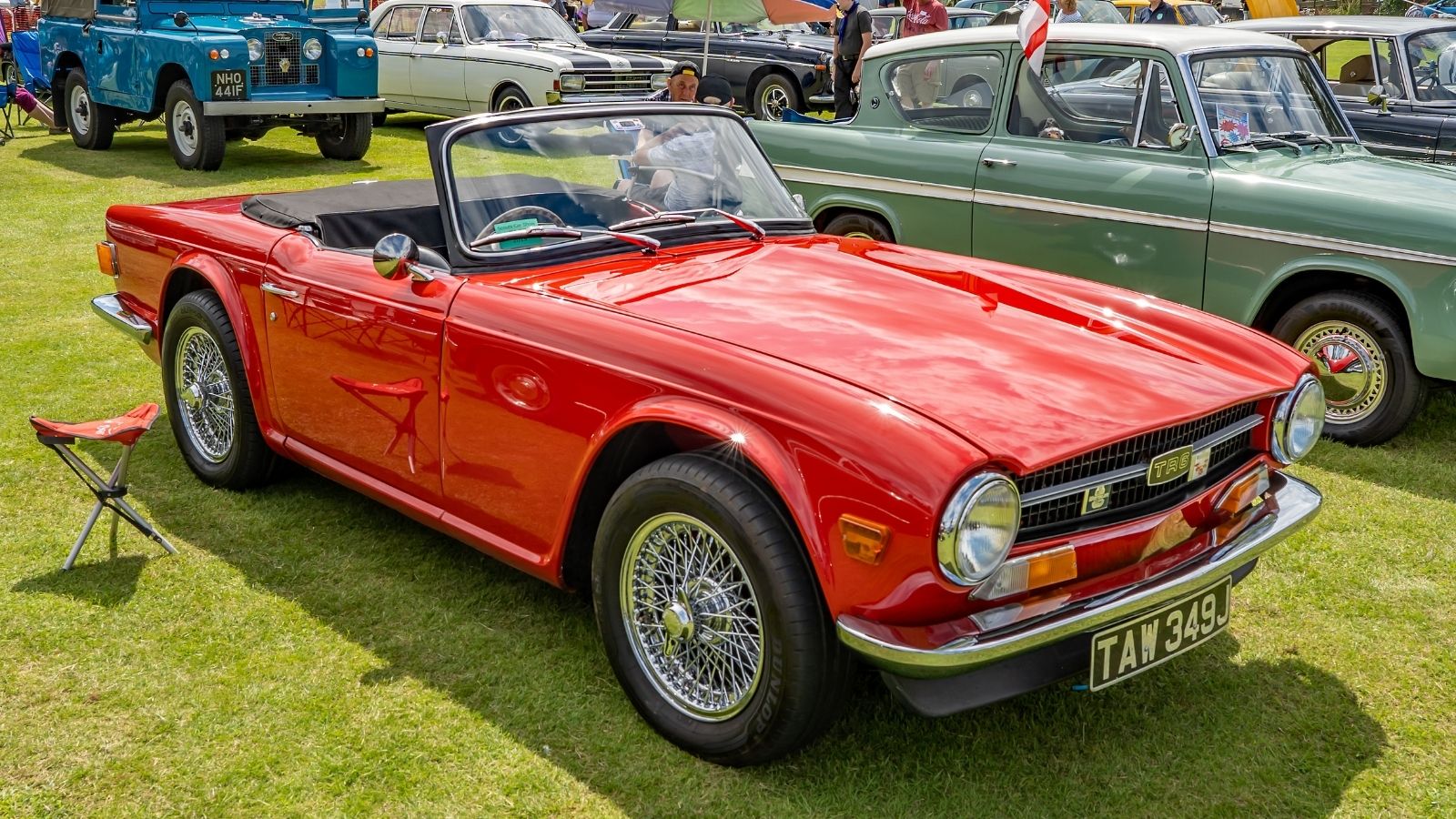
The Triumph TR6 epitomizes British roadsters from the 1960s and ‘70s. The car boasted 150 horsepower, making it the sort that could zoom from zero to sixty in about 8.5 seconds, assuming it felt like it. It was also known for its unique styling, particularly the “Coke bottle” shape that made it look like it had indulged in a few too many soft drinks. More than 90,000 units were made, so finding one today feels like a nostalgic treasure hunt. Just be careful—its wooden dashboard may make you feel like you’re piloting a luxury ship rather than a car!
Pagani Zonda Roadster (2002–2009)
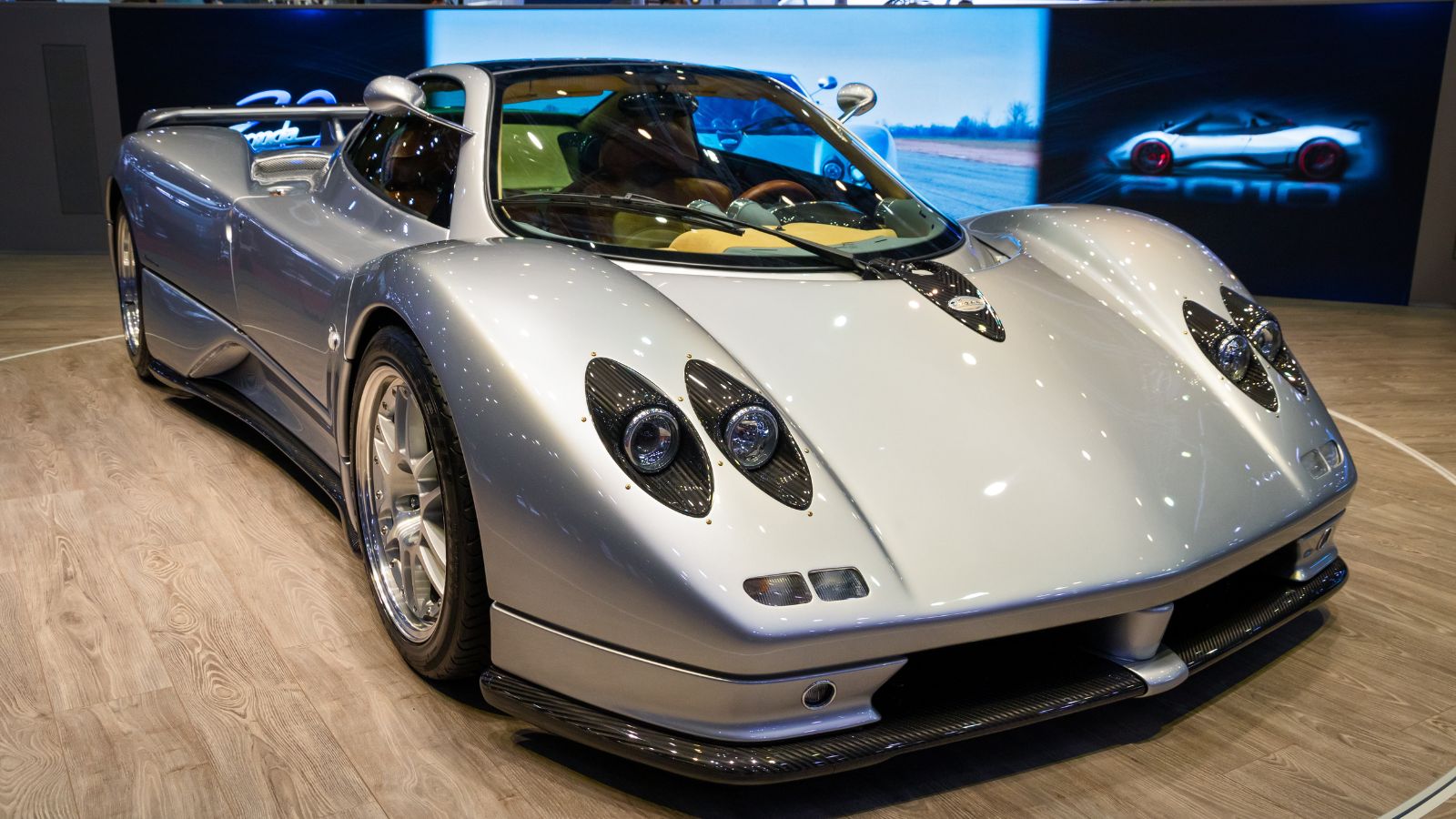
If you’ve ever wondered what happens when an artist builds a car, look no further than the Pagani Zonda Roadster. First launched in 2002, this masterpiece is powered by a Mercedes-Benz AMG V12 engine, spitting out a thrilling 550 horsepower and going from 0 to 60 mph in just 3.7 seconds. The Zonda Roadster’s design is as unique as your Aunt Edna’s collection of porcelain cats, featuring a carbon-titanium chassis and bodywork that make it look like it’s from the future.
Aston Martin V8 Vantage Roadster (2005–2017)

The Aston Martin V8 Vantage Roadster is the epitome of British luxury mixed with a splash of speed—like a tuxedo-clad gentleman racing down the road on a sunny afternoon. The car’s soft-top roof opens at the push of a button. The leather-wrapped seats and customizable interior make it feel like a wealthy, stylish cloud is cradling you. Aston Martin is one of the few automakers to continue using a hand-built V8 engine in its cars well into the 21st century (well, ain’t that something).
BMW 507 Roadster (1956–1959)
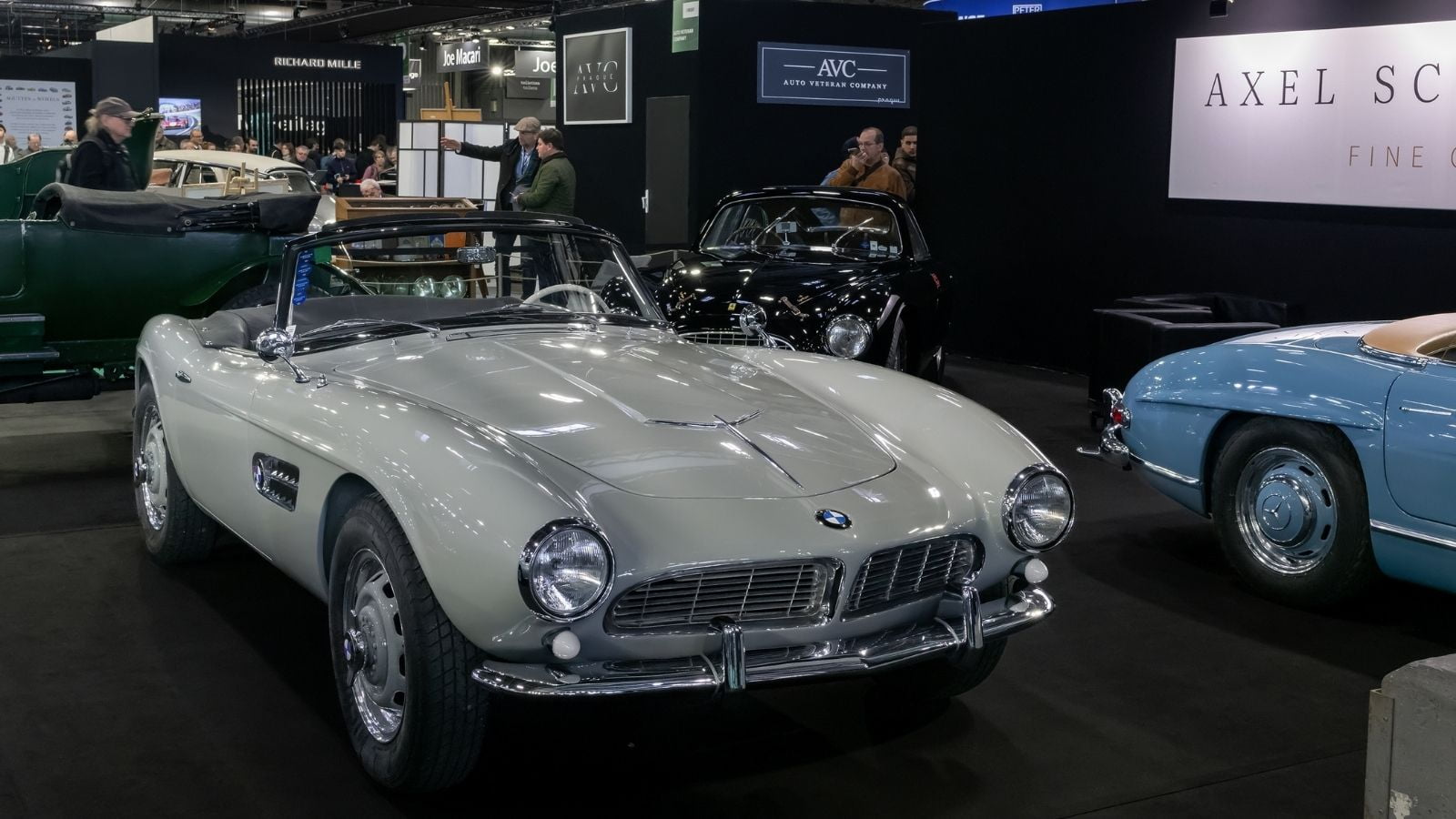
The BMW 507 is the granddaddy of all BMW roadsters. Produced in limited numbers in the late 1950s, this stunning roadster was a favorite of celebrities like Elvis Presley. It was designed by the legendary Albrecht von Goertz, featuring an aluminum body that made it lighter than your average featherweight boxer. And, with a V8 engine producing a mere 150 horsepower, it could zoom from 0 to 60 mph in about 10 seconds. Also, only 252 units were produced, making it rarer than a unicorn sighting. The price tag? A whopping $5,000 back then—enough to buy a small house!
12 Cars That Are Known for Their Unbreakable Reliability — They Just Don’t Quit
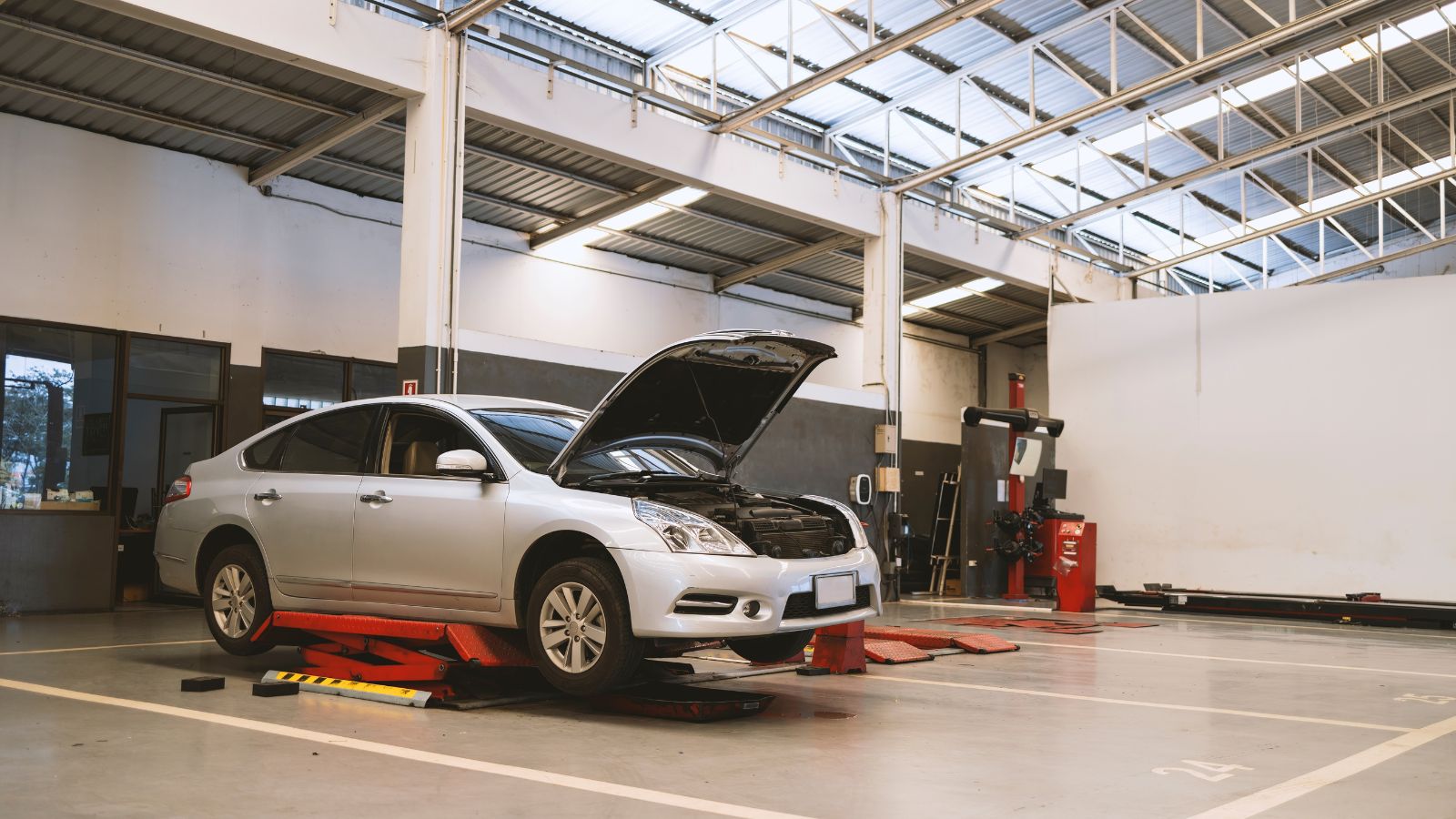
Reliability is a core feature that defines a vehicle. Over the last few decades, some vehicles have emerged as a reliable and durable option, standing out as workhorses that never quit. These vehicles not only prove themselves in terms of performance but transcend their role and become reliable partners, always fulfilling their role. Here are 12 Cars known for their unbreakable reliability.
12 Cars That Are Known for Their Unbreakable Reliability — They Just Don’t Quit
